Wincanton Solar Farm – Feeding into the Local Grid
Somerset based company, British Renewables, has erected a 78 acre Solar Farm at Hook Valley on the western edge of Wincanton. They are renting fields from three local farms to house the 60,000 Jinko Solar Panels that will feed circa 15.3MW of power into the local grid.
The good old British weather is famous for being unpredictable at the very least, so how can solar power be successful here? Marcus Dixon of British Renewables said that, “today’s solar farms rely on light rather than sunshine”. He said that our lower ambient temperatures also contribute to more effective solar PV generation in the UK.
What does the solar field look like? Is it a blot on the landscape? Marcus claims there is no evidence of negative effects on local communities. Solar fields don’t emit light or noise. Glint and glare are low and non-impacting. Apart from fleeting glimpses as you drive past on the Wincanton Castle Cary road, the solar field is not easily seen.
A solar field of this type requires major financial investment. The cost of building solar farms varies greatly depending on local circumstances, but at the time of writing is generally in the region of £900,000 per MW. Marcus said:
“The electricity produced during the day by the Solar Farm is supplied to the National Grid and used by them to meet demand. 20% of the UK’s fossil fuel power stations will close by 2018. The buffer between maximum power generation and maximum energy demand in the UK will fall from 11% to less than 4% by 2016. OFGEM says that this will lead to an increased risk that ‘the lights will go off’ over the following years.”
Power from Hook Valley entering the grid will most definitely contribute to power drawn down by local communities, but some of that power will also be transferred to meet needs further afield. But as power is sent over large distances there is a natural loss of energy (attenuation), so local use is more efficient, and therefore preferred.
The solar farm was constructed between September 2013 and March 2014, during which time up to 250 people were employed. The seven month construction period beat the average construction time of 12/14 months handsomely.
British Renewables believe solar farms protect and enhance the environment:
- No land is lost as the development is reversible.
- No trees or hedges should be removed.
- Solar farmland becomes organic and fallow for the life of the solar farm.
- No chemicals are used within a solar farm.
- Weed management is a legal requirement within solar parks as it is on all farming land. A solar farm sown with native wildflowers offers a better protection against weeds than one sown for sheep grazing.
- Most solar farm developments include planting of native species of hedges and trees and can include other biodiversity enhancements such as bird and bat boxes, ponds, sky lark strips, native wildflower and native grass planting.
- Solar parks can be entirely planted with managed native wildflower meadows creating ecological reservoirs within their communities.
- Solar farms sown with wildflowers, in particular, make a statistically significant, measurable and fast improvement in the biodiversity of land used by the solar farm for bees, butterflies and plant species.
- At the end of the solar farm’s life a bond in the lease is triggered and the solar farm is removed and recycled – it is made of steel, aluminium, copper wiring and silica. This is paid for by the tenant and not the taxpayer – which is the case for nuclear and fossil fuel power station clean ups
- Each solar farm requires a land management plan, site specific ecological management, additional guidance from local wildlife trusts and national bodies, use of appropriate (local, check provenance) wildflower and grass species. Further biodiversity studies are being undertaken on the ecosystems of solar parks and the optimal management for either or both biodiversity and farming.
Hook Valley Solar Farm is not alone, though. There is a second, smaller solar farm on the south side of the A303 behind the sewage treatment centre. Some wealthy individuals have invested in small-scale solar farms on their own land, and panels are popping up all over town attached to the roofs of private residences.
So whether you’re in favour of solar power or against it, Hook Valley Solar Farm is quietly pumping a lot of power into the grid, an example of a Wincanton service bringing benefit further afield.
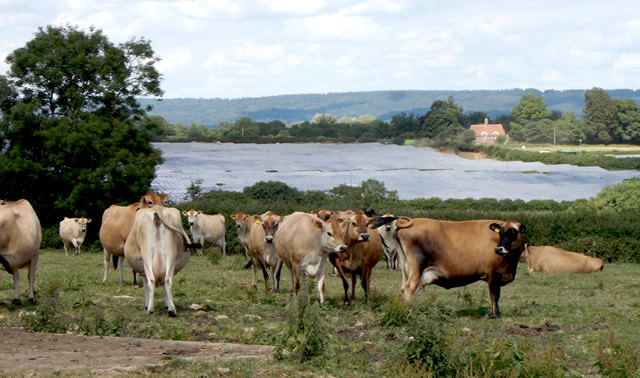
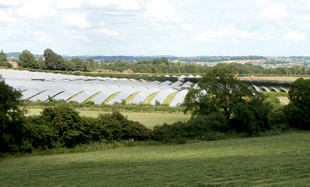
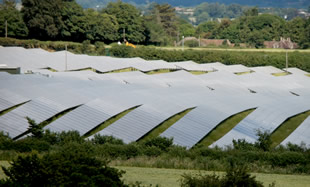
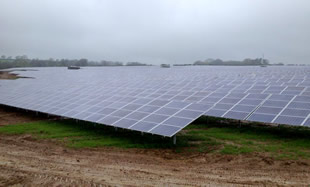
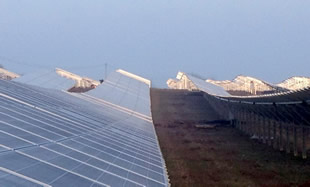
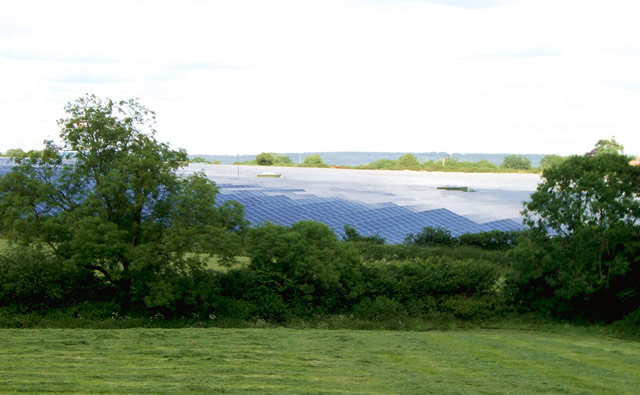
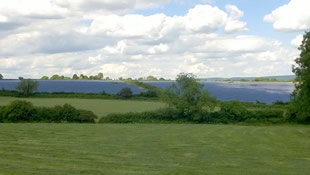
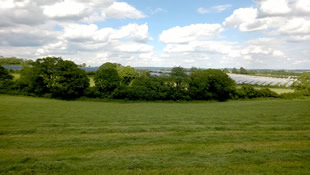
Comments
Posts: 1
Reply #1 on : Wed September 24, 2014, 09:11:37
Posts: 1
Reply #2 on : Wed September 24, 2014, 09:27:27
Posts: 2
Reply #3 on : Mon September 29, 2014, 09:30:40
Posts: 1
Reply #4 on : Tue September 30, 2014, 12:20:44
Posts: 2
Reply #5 on : Wed October 01, 2014, 15:10:21
Login to comment!